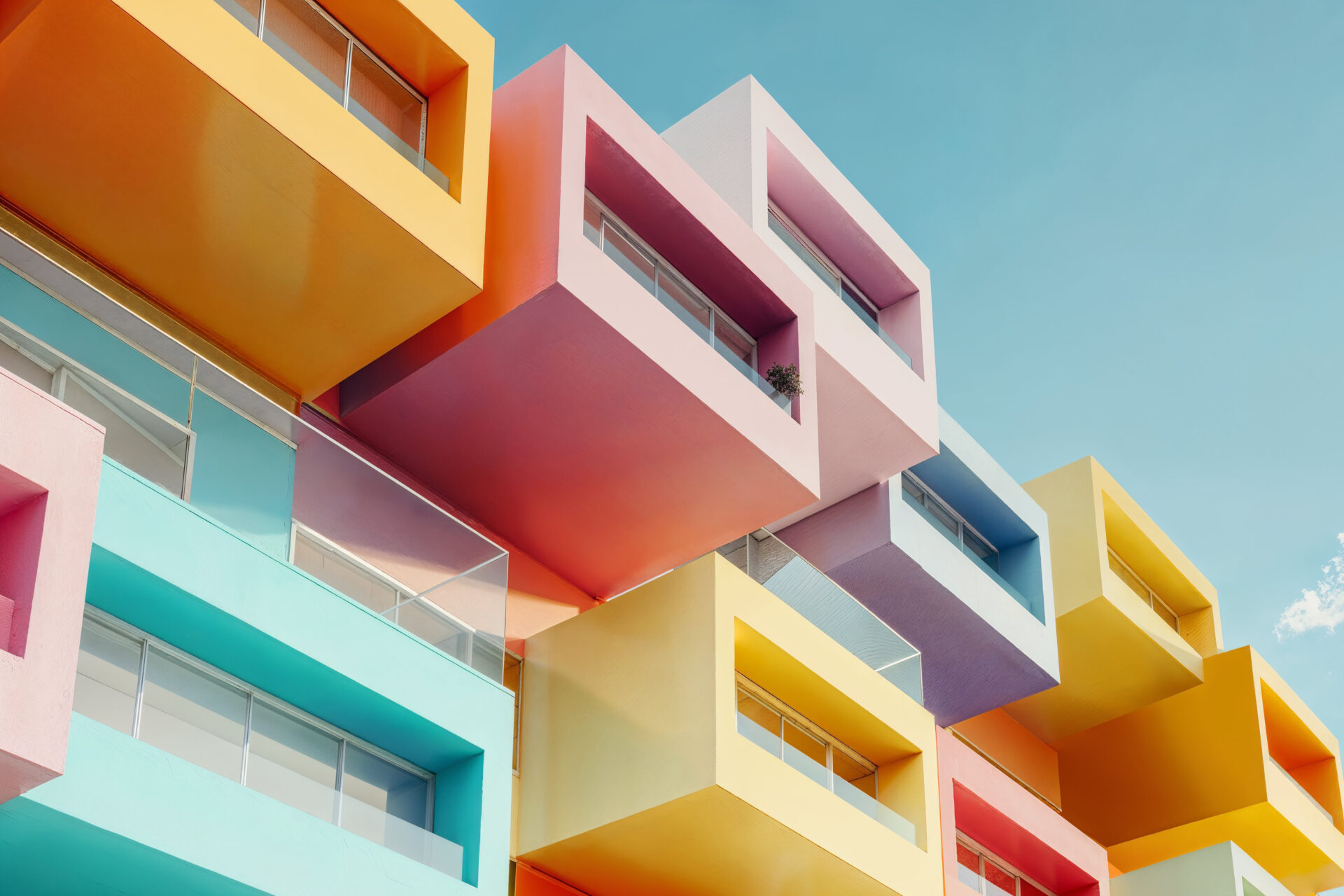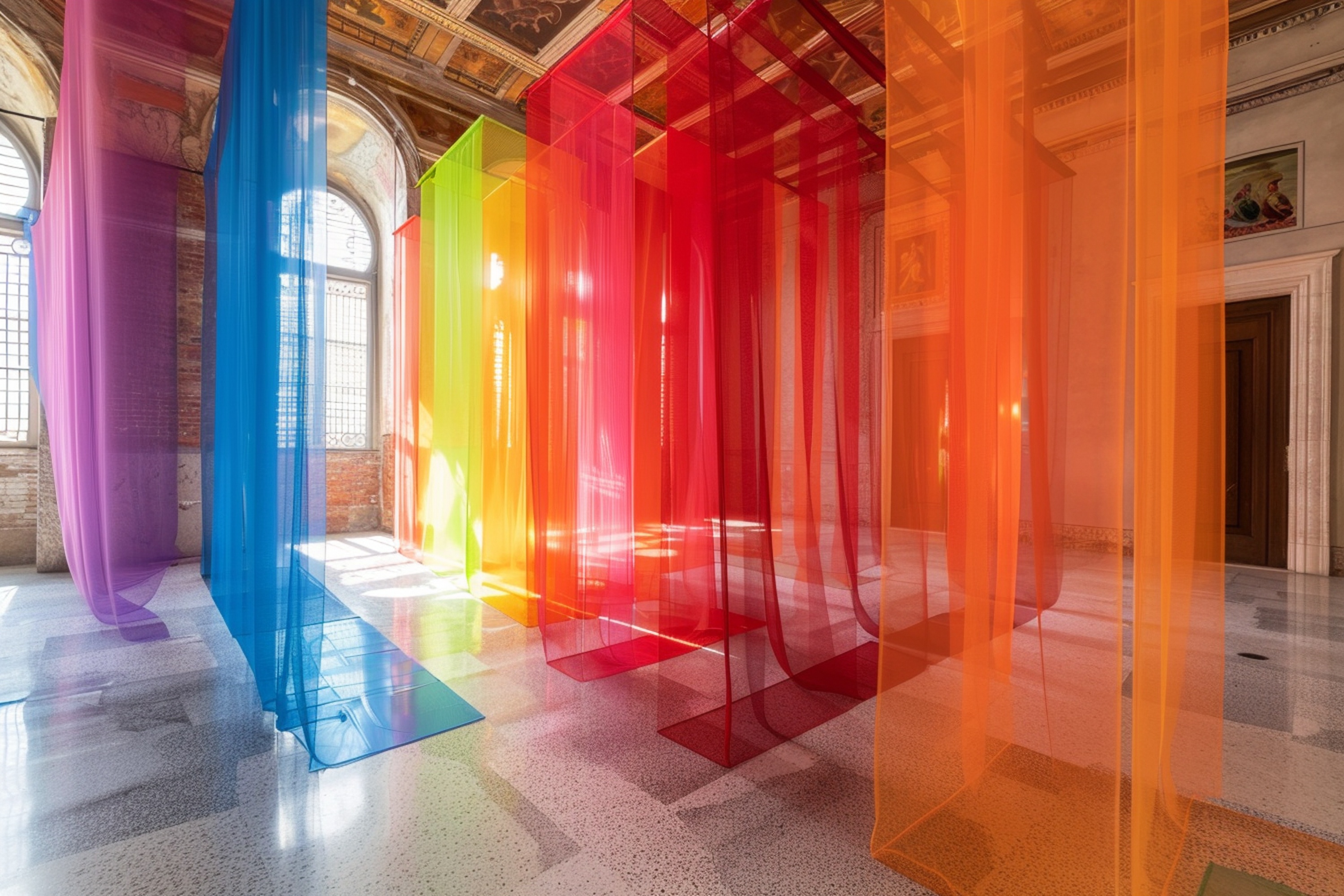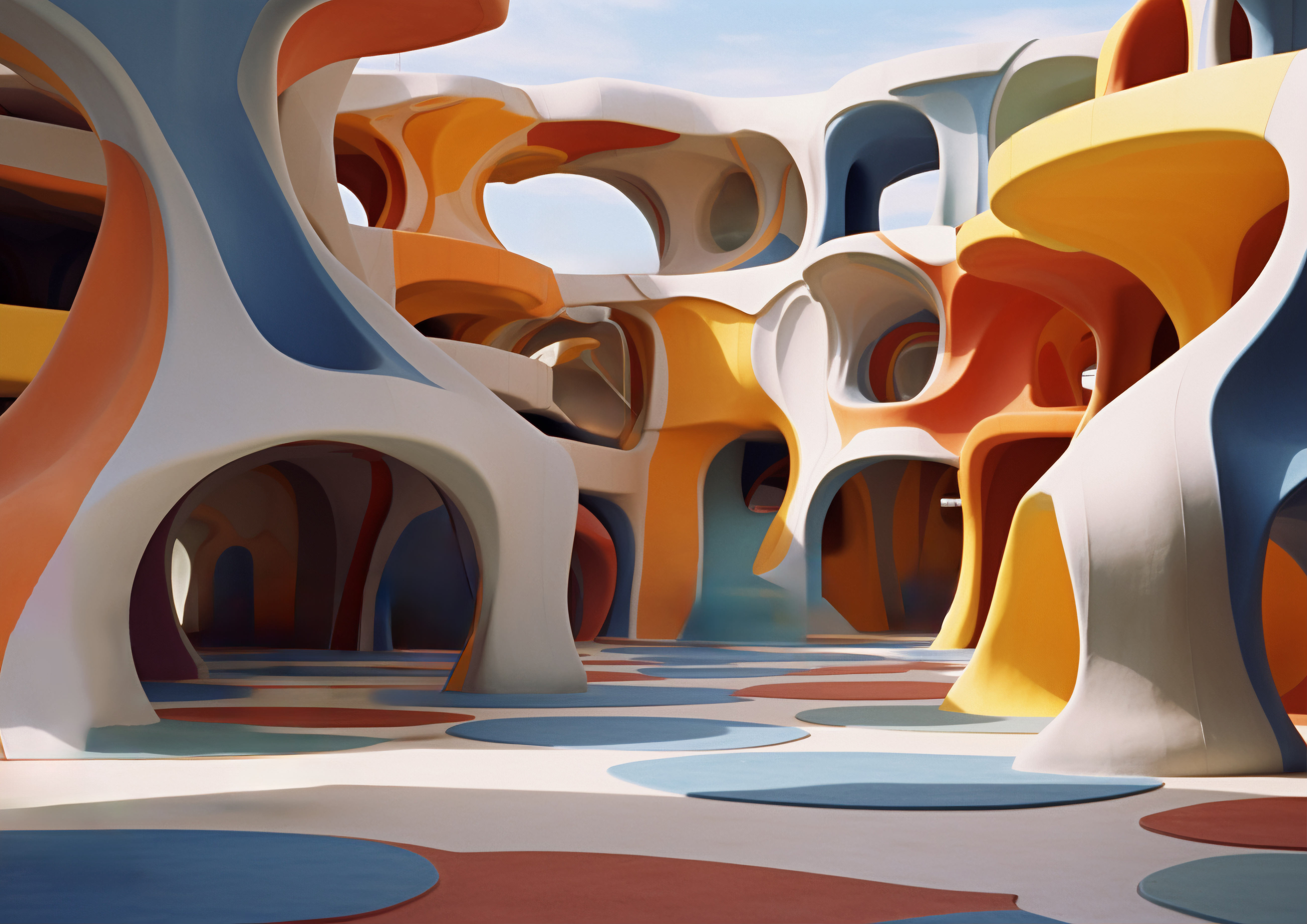- Lifestyle
- 24 Jul 2024
COLOR IN ARCHITECTURE BETWEEN ETHICS AND AESTHETICS

COLOR IN ARCHITECTURE BETWEEN ETHICS AND AESTHETICS
Article from Collection Luxury Lifestyle Magazine #4 April 2024
Texts by ANGELA DI PALMA, MAGDA RUGGIERO Architects

In previous articles, we have analyzed how certain peculiarities in architecture are necessary, and, for this, the concepts of outfit and luxury have been explored in depth, the former understood as ad hoc design and the latter as an expression of the pursuit of excellence in daily life connected with the visual arts and the culture of being well. Color is another key element in architecture: it can be regarded as a form of artistic expression that plays an important role from the ethical point of view of well-being and aesthetics of custom detail design. Austrian artist Jorrit Torquinst asserted that “architectural space is a blind, total void until color intervenes, giving the space an input of concreteness” (Color and Light. Theory and Practice, Unicopli, Milan). Such a statement by Torquinst would seem to detract from design, but in fact it enhances it, integrating color as an element that closes the ideational process.
Architectural design is always a composition of processes, even separate ones, that start from the needs related to the context, territorial or real estate, which as they grow they amalgamate with the construction and decorative details in which color is among the protagonists.
From the Paleolithic to the present, the production and breadth of the range of colors have shown how they are able to convey historical and political messages, always highlighting emotional values. Construction and decorative details of exterior facades and interior spaces have always been symbols of social classification, personal taste and the function that the architectural object represents, testifying to how form and size, together with color, connote the economic-social importance of a building and its interior spaces.
Extraordinary examples of urban redevelopment through the use of color are the Santa Caterina market in Barcelona, designed by architect Benedetta Tagliabue, and Central Saint Giles in London, designed by architect Renzo Piano. The former, which grew out of the redevelopment of the old district market designed in 1848 on the remains of a 15th-century convent and is now an icon of Barcelona, breathed new life into the entire Ribera district by breaking a basic regular and monochromatic pattern. The recurring theme of this project is the irregularity of geometries, completely bespoke, where there is rarely repetitiveness, each piece is unique and each object is colored with great chromatic attention. What colors were chosen? Those of fruits and vegetables!

The second was born in London’s Soho district, in an urban space resulting from the demolition of an anonymous 1960s brick-built building. It represents an epochal change in the neighborhood in which it stands: it is emergent and colorful, jagged and pierced, shielded by large metal elements but open by glazing and 6-meter-high holes. Seemingly enclosed, it actually opens inward onto a square, the heart of this eccentric architectural complex, which is also “colored” by the presence of cafes, restaurants and businesses.
The predominant colors of the facades are red, orange, yellow and green, in sharp contrast to the rest of the city where gray tones predominate. Why this choice? It seems to come from a color analysis of the wooden frames of London’s characteristic pubs and stores.
“Mankind needs color to live,” Le Corbusier asserted, inventing a study model for color design in architecture called ”Architectural Polychromy.” Le Corbusier, inspired by Aristotle, was able to capture the potential of colors, their expressive power and ability to transform anything-an object, a piece of furniture, an architectural element-into the best possible version of itself.
As architects, we have the task of understanding what kind of sensory perception and consequent emotional reaction the use of color in a specific environment can bring, in order to produce the ideal conditions for the well-being of those who will inhabit it. Thus, color is an expression of the complex needs to fill the needs and desires of the users of spaces, and it is necessary to use it while always keeping in mind that ethics and aesthetics must be respected in order for the architectural work to be in balance, not just formal.

 English
English Italiano
Italiano